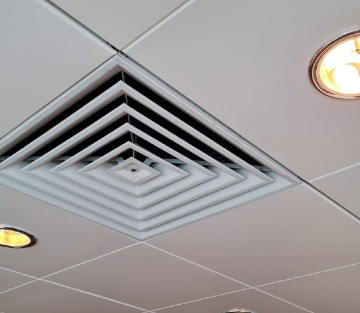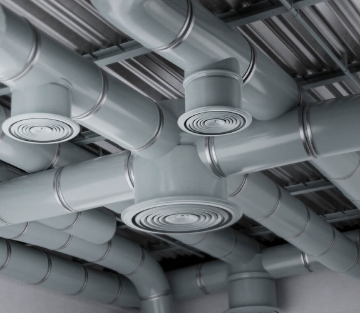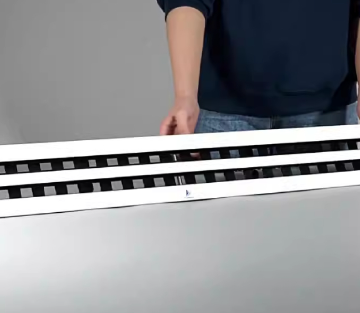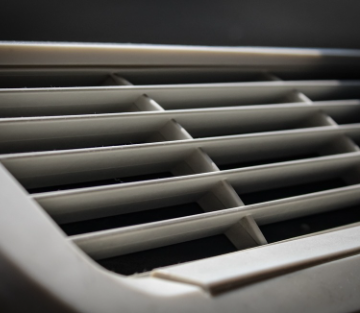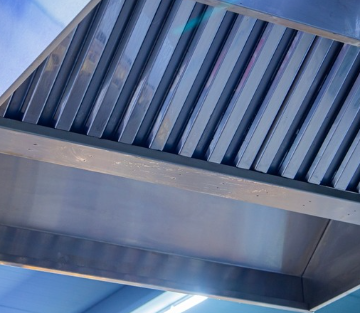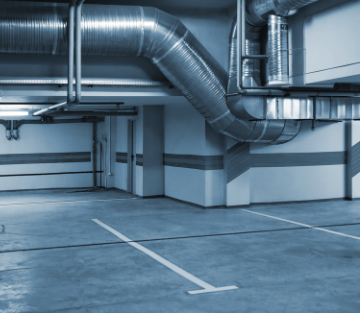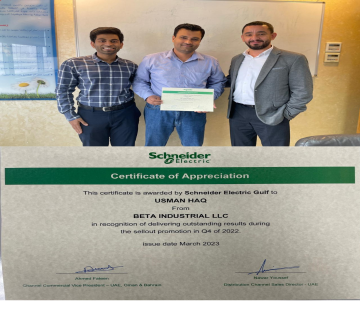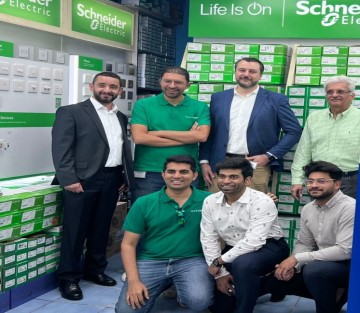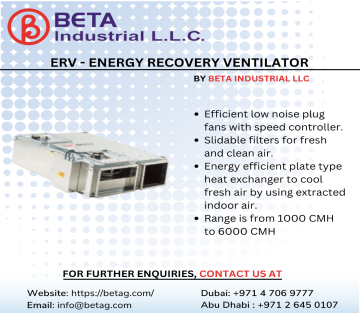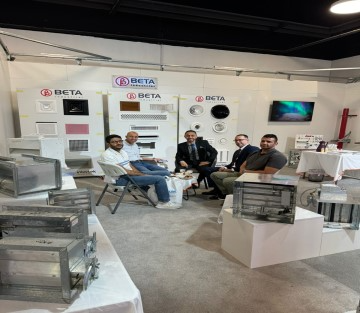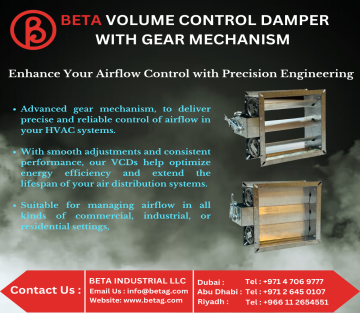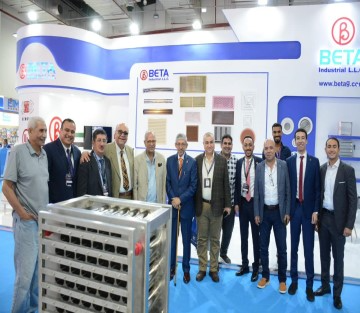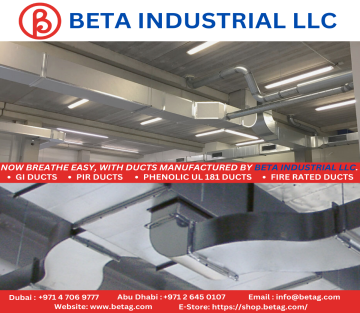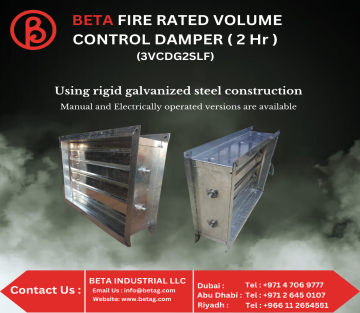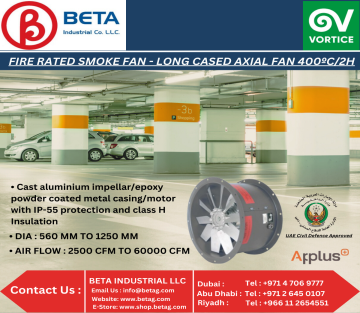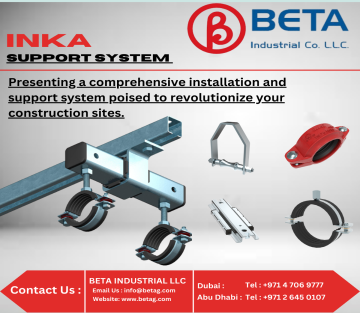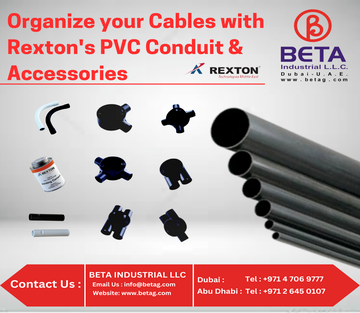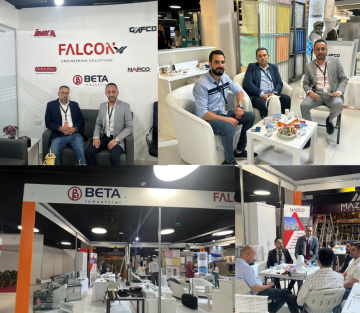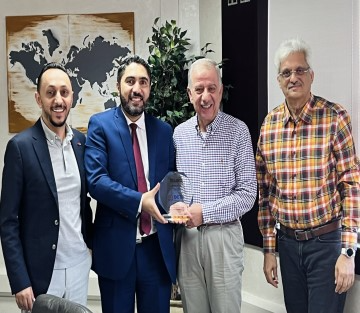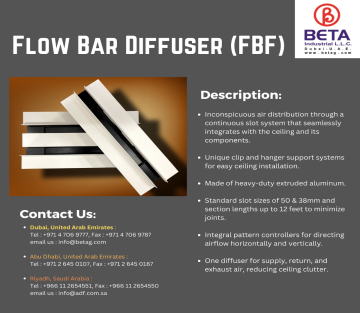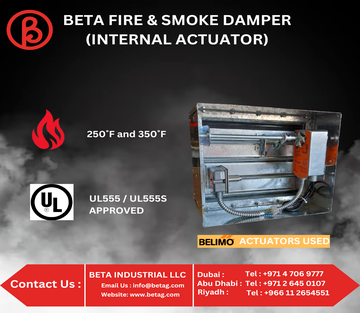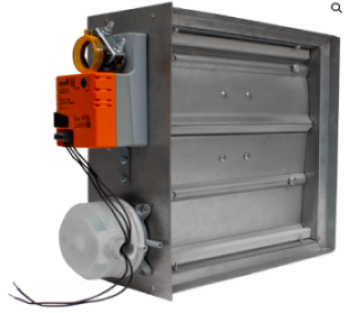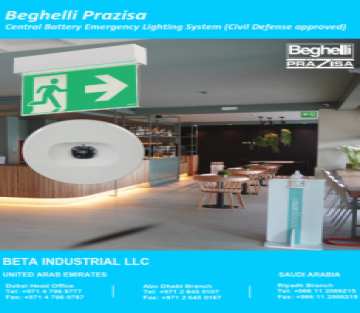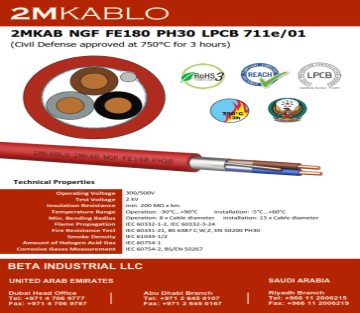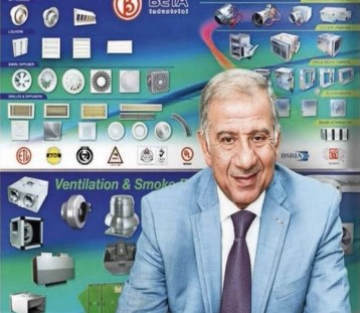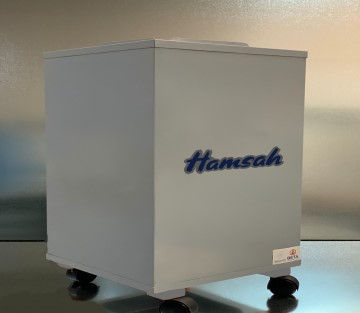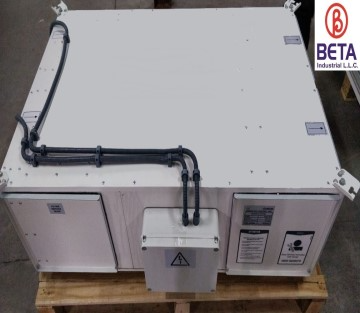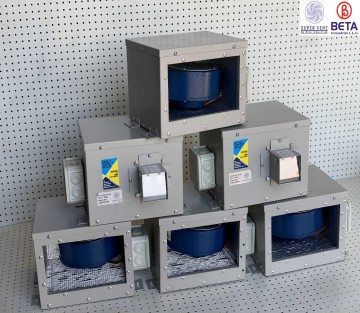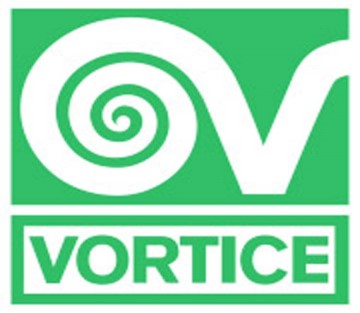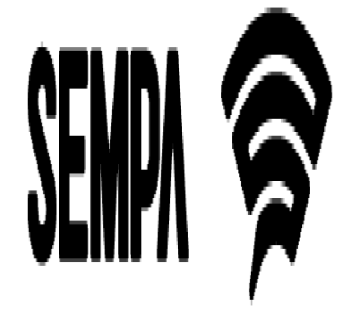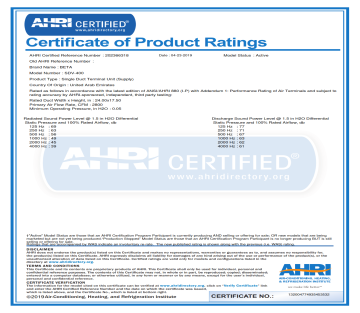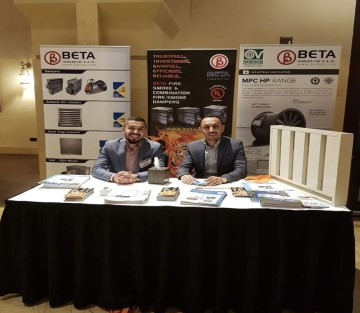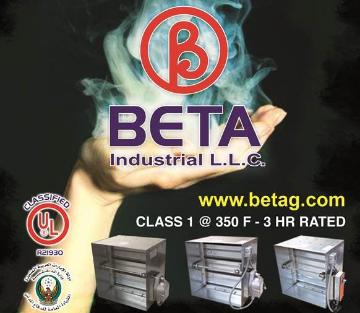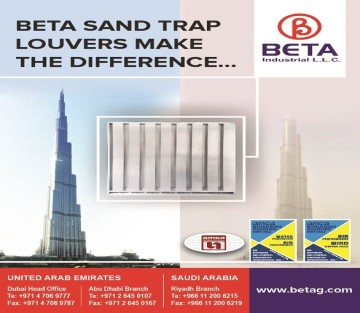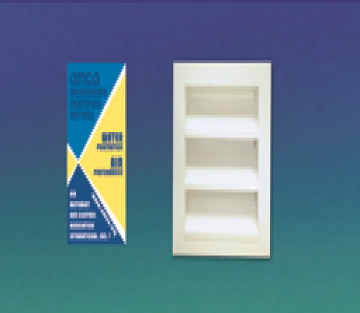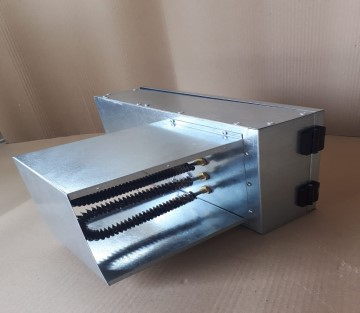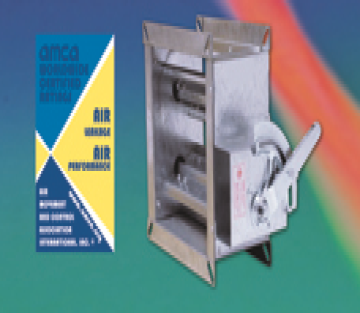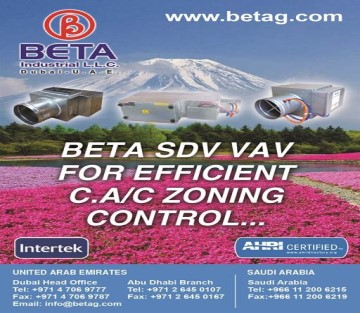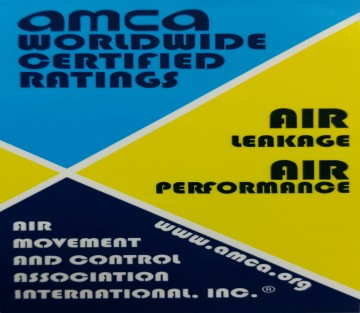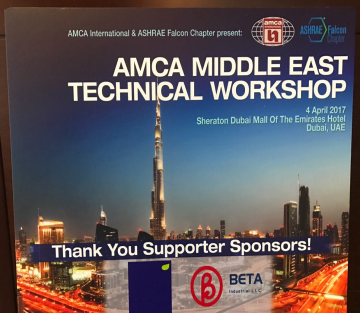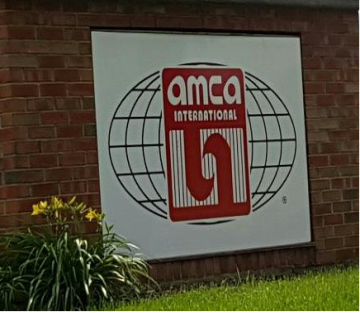How to Evaluate Louvers for Industrial Ventilation Projects
Louvers play an important role in industrial ventilation systems, where it is required not only to provide sufficient airflow, but also to protect equipment and premises from moisture, sand and dust. In the UAE, these elements of facade and engineering systems must withstand high wind loads, temperature fluctuations and exposure to aggressive environments. When choosing louvers, it is necessary to take into account aerodynamic characteristics, structural stability, acoustic insulation, as well as compliance with international and local standards.
Wind loads and structural calculations
In industrial facilities, it is especially important to evaluate the behavior of louvers when exposed to wind. The upper floors and corner areas of buildings are exposed to the greatest pressure, so Louvers on these levels should be designed with increased requirements. The allowable deflection of the blades is limited to the range L/180–L/240, which prevents vibration and fatigue failure of the structure. For aluminum profiles with a thickness of 1.5–3 mm, testing for strength and durability under cyclic loads is required.
Anchor bolts and mounting frames are subject to separate testing for tearing, shearing and fatigue effects. If the span exceeds 2 m, designers are required to use reinforced struts and additional horizontal or vertical stiffeners. Failure to comply with these parameters can lead to noise from vibrations, damage to the facade and emergency situations.
Aerodynamics and free space
Evaluation of ventilation efficiency is impossible without analyzing the coefficient of free area and air flow velocity. For industrial exhaust louvers, it is recommended to maintain a speed between 500-700 feet per minute (FPM). If the system requires 6,000 cubic feet per minute (CFM) at 600 FPM, then the minimum available area should be 10 square feet. Considering that most louvers have an open area ratio of about 50%, the actual frame size will be 20 square feet.
Such parameters make it possible to avoid excessive aerodynamic drag and maintain the stability of the system. When choosing, it is important to consider whether the blades will be used open or closed, as the pressure coefficients vary. An error at the calculation stage leads to limited airflow, increased energy consumption, and accelerated equipment wear.
Materials, corrosion resistance and coating
The key factor is the material from which the louvers are made. In the UAE, aluminum profiles of grades 6063-T5 and 6063-T6 are most often used due to their lightness and corrosion resistance. For long-term use, powder coating or anodizing is chosen, which protects the structure from UV radiation and the salty air of the coast.
The frames can be made of aluminum, galvanized steel or S355 steel profiles. For large industrial screens, it is advisable to add reinforced mullions that reduce deflection and evenly distribute the load. Fastening methods include bolted joints, concealed brackets or rivets, which must comply with the operating conditions and drawing data.
Functional aspects
Louvers are used not only for ventilation, but also for solving a number of additional tasks. In industrial buildings, they protect mechanical rooms, shafts and roofing installations from rain and sand penetration. In coastal areas, it is especially important to consider the risk of vibrations and flutter that occurs in strong winds.
Acoustic louvers provide noise reduction, which is necessary for industries near residential areas. The design takes into account sound insulation standards, as well as maintenance requirements such as drainage systems, removable cleaning panels and access for technical personnel.
Aesthetically, louvers are increasingly integrated into architectural facade solutions, maintaining a balance between functionality and visual appearance. The correct angle of the blades allows you to simultaneously reduce solar heat and ensure adequate ventilation.
Meeting Requirements
Evaluating louvers for industrial ventilation projects in the UAE requires a comprehensive approach that includes aerodynamics, structural calculations, material selection, and compliance with regulations. Taking into account such parameters as wind load, free area coefficient, allowable deflection and coating characteristics, engineers and designers receive reliable and durable systems. Errors at this stage lead to high correction costs and the risk of accidents. It is advisable to work with a reliable manufacturer providing robust commercial hvac solutions.



